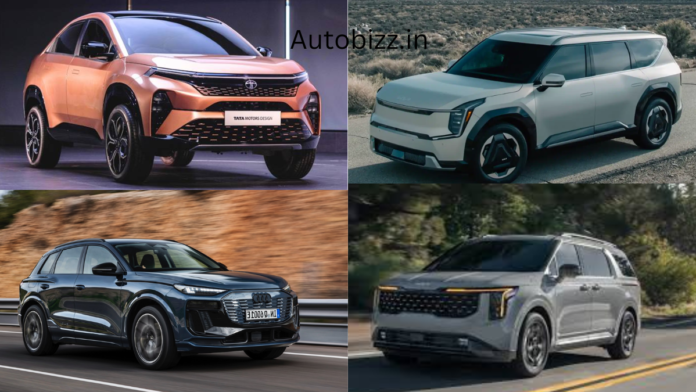There are generally a lot of new model releases around the festivals, and 2024 will be no exception with at least six automakers releasing new models. The majority of the next vehicles, following the present trend, are SUVs, however sedans and MPVs are also being considered. Furthermore, four of the next releases will be fully electric cars. Continue reading to find out which new automobiles, arranged by anticipated starting price, will be arriving at a showroom near you before Diwali.
Maybach EQS SUV
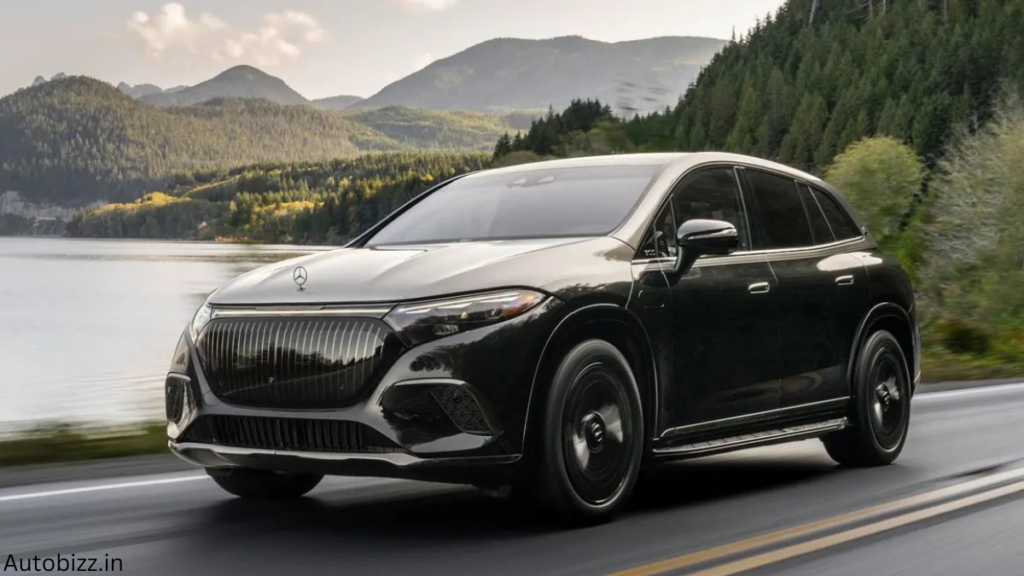
The Maybach EQS SUV is slated to go on sale in India on September 5 and will be available in “680” configuration, which means it will feature two motors working together to produce a combined 658 horsepower and 950 Nm. The 108.4kWh battery that powers the motors is claimed to have a 600 km range. Merc claims a top speed of 210 mph and a 0-100 mph time of 4.4 seconds. The Maybach EQS has an abundance of chrome in addition to a new dual-tone paint job and a range of emblems that set it apart from the base model. Prices are anticipated to be in the range of Rs 4 crore.
Kia EV9
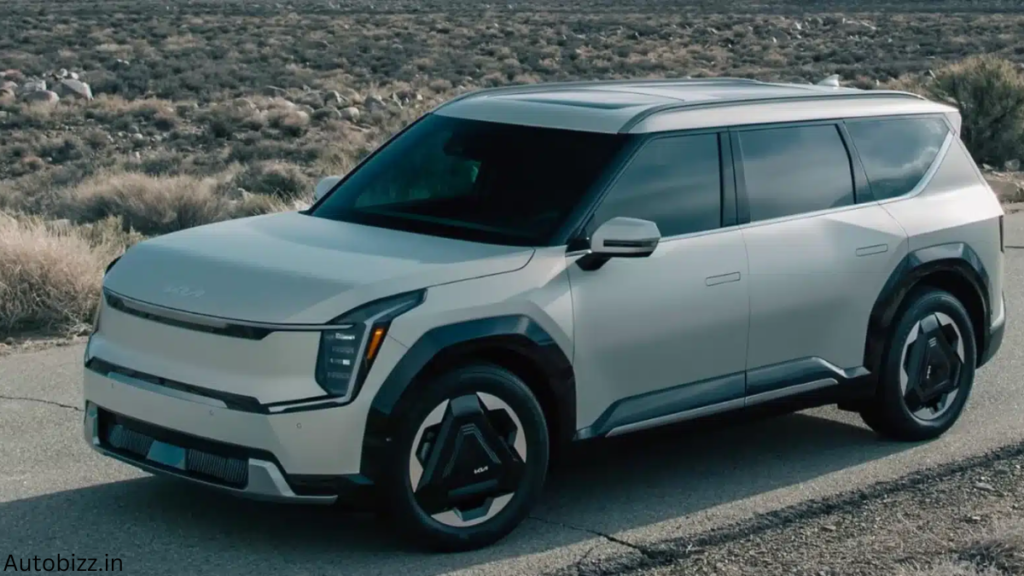
The Kia EV9 is an immense, boxy-shaped all-electric SUV that is likely to be priced in the same range as the BMW iX (Rs 1.21–1.40 crore), Mercedes EQE SUV (Rs 1.39 crore), and Audi Q8 e-tron (Rs 1.15–1.27 crore). Considering that it is Kia’s premier electric vehicle, the EV9 boasts a three-row cockpit that is heavily tech-laden. An enormous digital panel houses three screens that may be used by the driver and passenger. A 99.8kWh, 800V battery with a WLTP range of up to 563km is included with the EV. Kia is anticipated to introduce the 203 horsepower RWD and 384 horsepower AWD models to India.
Mercedes E-Class
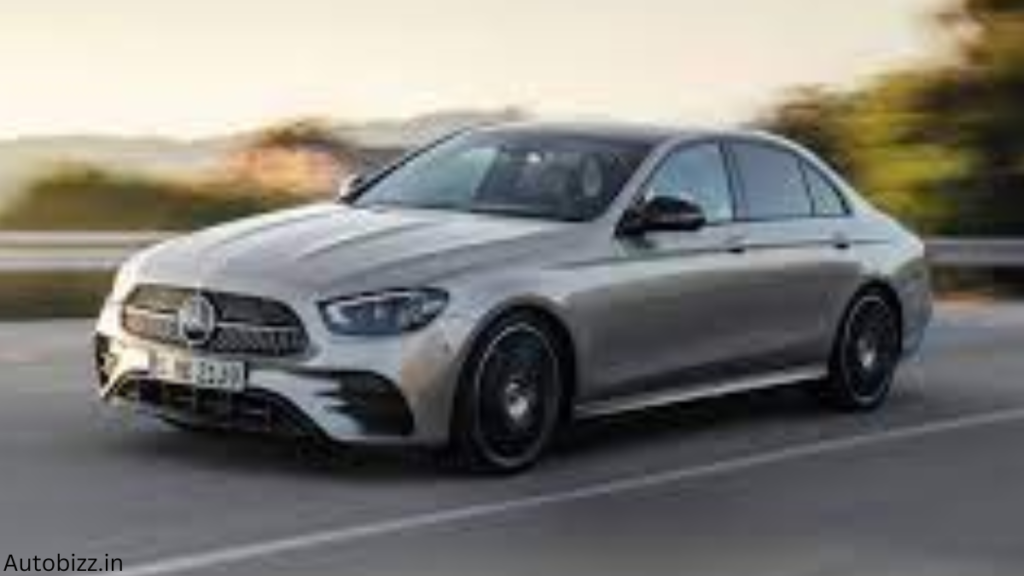
Expected to retail for more than Rs 85 lakh, the sixth-generation long-wheelbase E-Class (V214) will compete directly with the recently introduced BMW 5 Series LWB. Series manufacturing of the brand-new E-Class has started at Mercedes’ Chakan plant, and reservations for it will open early next month. Though some modifications will be made for our market, the model intended for India will resemble the China-only E-Class L in many ways. In comparison to its predecessor, the luxury sedan’s interior has also undergone significant updating. It features a multi-screen layout with a 14.4-inch touchscreen infotainment, a 12.3-inch passenger screen (which may be available on some higher variants), and a 12.3-inch instrument cluster screen. Options for gasoline and diesel engines are anticipated.
Audi Q6 e-tron
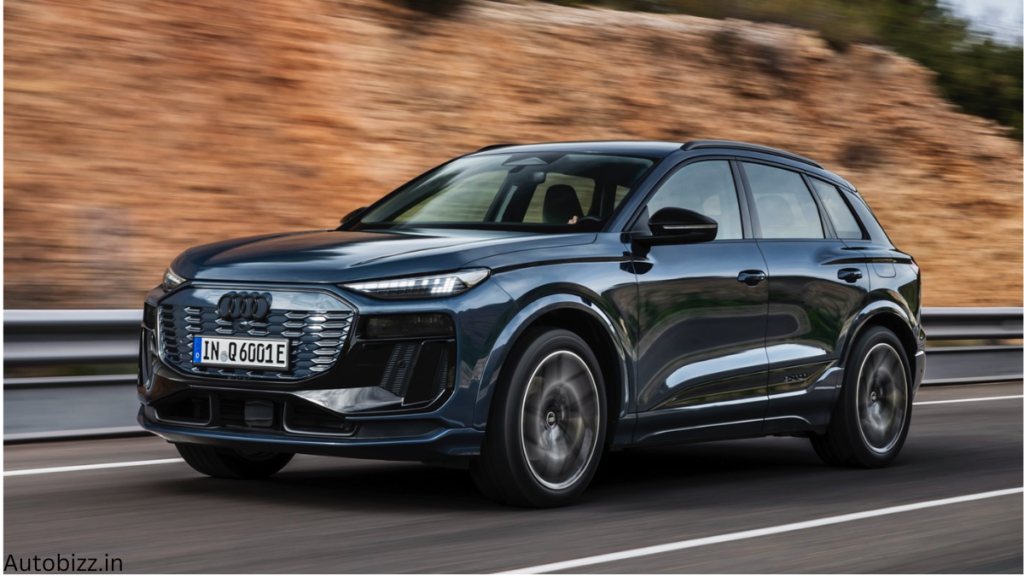
The Q6 e-tron will not have direct rivals, considering its 4.7-meter length and expected Rs 85 lakh price tag. Part of the reason for the relatively aggressive price is that the Q6 e-tron will be locally assembled. It’ll slot between entry-level electric SUVs like the BMW iX1, Mercedes EQA, and Volvo XC40 Recharge, and larger EVs like the Mercedes EQE, Audi’s own Q8 e-tron, and the BMW iX. The Audi Q6 e-tron shares its PPE (Premium Platform Electric) architecture with the Porsche Macan EV and comes with a 100kWh battery pack in markets aboard. Along with a 388hp dual-motor AWD variant with 625km of WLTP-certified range, the EV also gets a single-motor 2WD variant with 326hp and up to 641km of range. For India, Audi is likely to bring the higher-spec 388hp Quattro variant early in September. The hotter SQ6 e-tron is expected to arrive early next year.Early in September, Audi is anticipated to introduce the more powerful 388 horsepower Quattro model to India. Early next year is when the hotter SQ6 e-tron is anticipated to arrive.
Kia Carnival
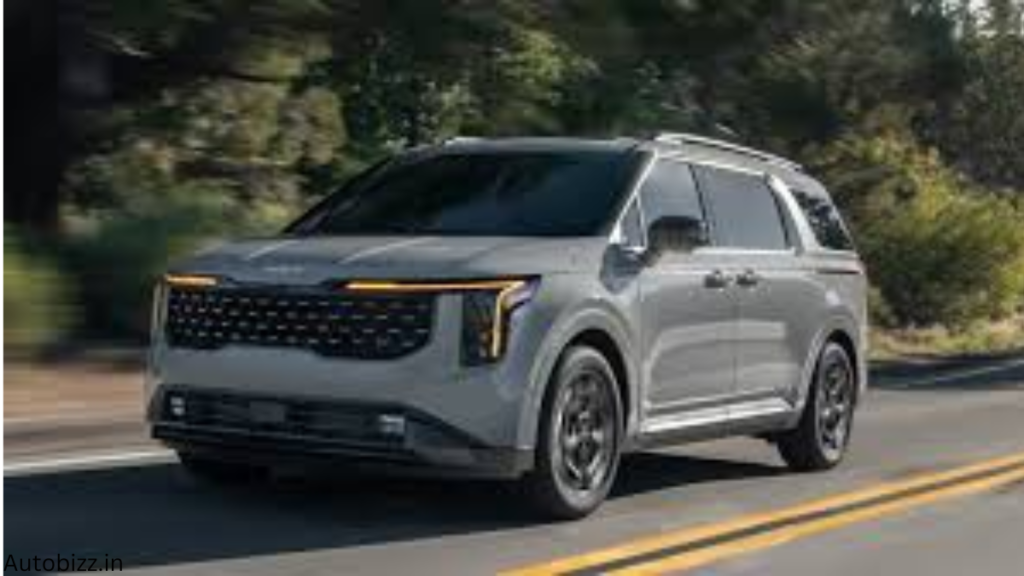
The Korean company will be introducing the makeover for the MPV, which had its worldwide premiere towards the end of last year, despite the fact that Kia India had displayed the fourth generation Carnival at Auto Expo 2023. In addition to being bigger than its predecessor, the Carnival has a more durable exterior and a simple interior, with the standout features being its two 12.3-inch screens. The MPV is available in 7, 9, and 11-seat configurations for foreign markets; it is unclear which of these will be available in India. The new Carnival is anticipated to retail for roughly Rs 50 lakh and will be imported as a CBU. Additionally, Kia intends to produce the MPV domestically, starting early next year. It is expected that the 2.2-liter diesel engine from the outgoing model will remain.
MG Windsor
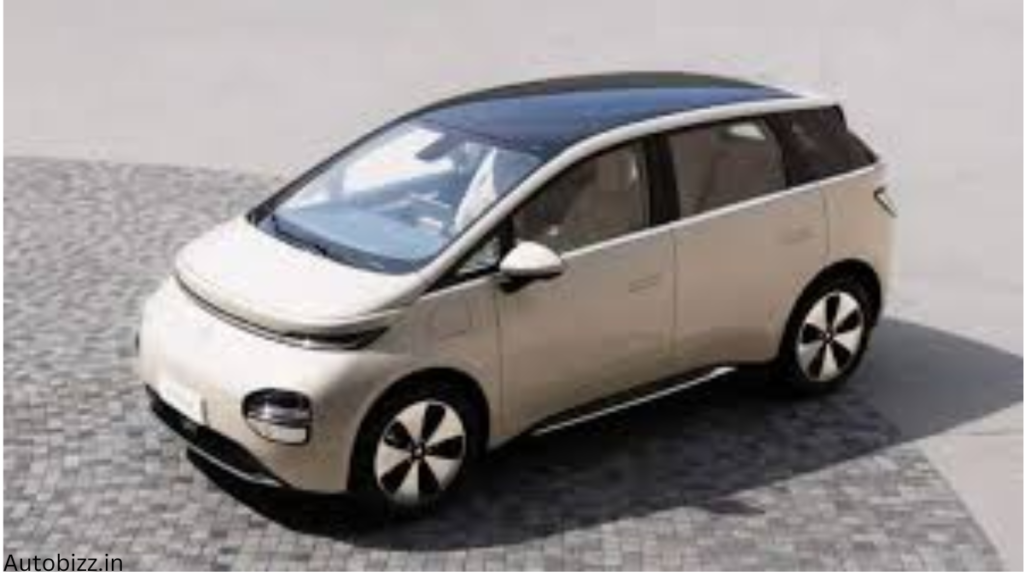
The Windsor EV, the upcoming completely new vehicle from MG Motor India, will be fully unveiled on September 11. The 4.3-meter-long electric car’s huge glasshouse and MPV-inspired appearance have been rumored and spotted during testing (see spy photos). The five-seater will have a panoramic sunroof, digital dials, a minimalist dashboard with a floating infotainment display, rear AC vents, and reclining rear seats. The MG Windsor is marketed as the Wuling Cloud overseas. It has two battery pack options: 37.9kWh and 50.6kWh, with stated ranges of 360 km and 460 km, respectively.
Hyundai Alcazar facelift
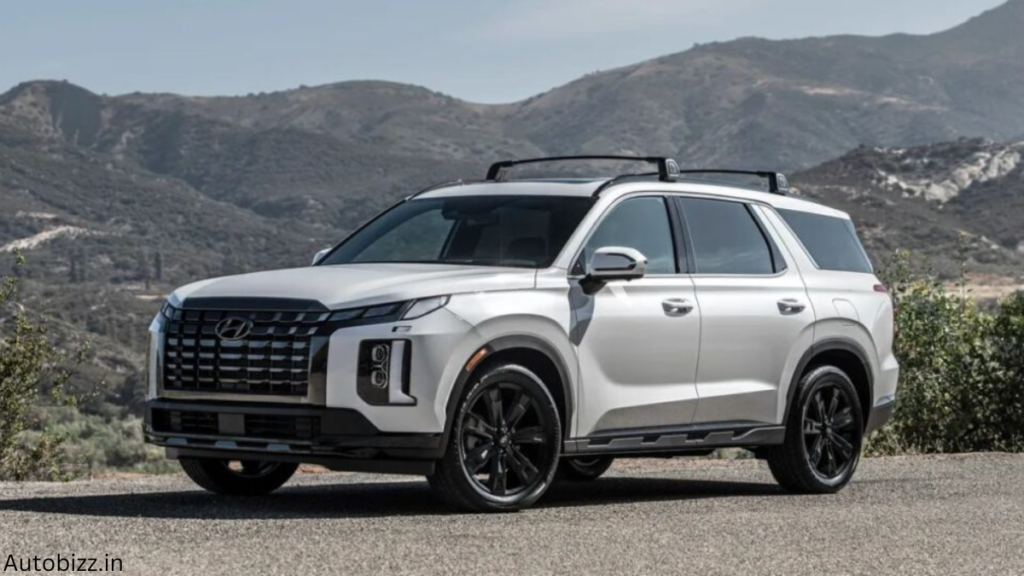
On September 5, Hyundai will release the prices for the Alcazar facelift. Bookings have already opened, and the outside and inside have been revealed. The Alcazar boasts some distinct stylistic cues, like the H-shaped light bar and taillights, new 18-inch alloy wheels, and H-patterned DRLs, even if it still shares many characteristics with its younger sibling, the Creta. Hyundai has verified additional equipment, including an ADAS suite and linked car technology. The Alcazar’s 1.5-liter turbo-petrol engine with 160 horsepower and the 1.5-liter diesel engine with 116 horsepower, together with the manual and automatic gearbox options, will remain the same mechanically. In comparison to the departing Alcazar, which costs between Rs 16.78 lakh and Rs 21.28 lakh, prices will rise.The entry-level Windsor is anticipated to be priced under Rs 20 lakh, directly competing with vehicles such as the Mahindra XUV400, Tata Nexon EV, and Curvv EV.
Tata Curvv
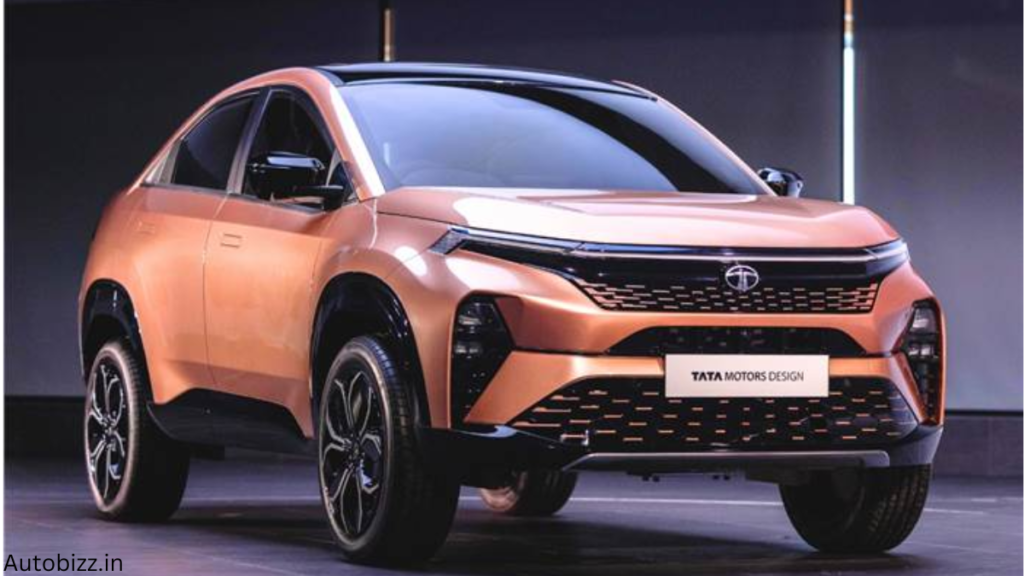
On September 2, the Tata Curvv’s petrol and diesel prices will be revealed. We anticipate that the coupe-SUV will cost between Rs. 10 lakh and Rs. 22 lakh. Three engine options will be available from Tata: one 1.5-liter diesel and two 1.2-liter turbo-petroleum variants. A 6-speed manual gearbox will be standard on all of vehicles, although a 7-speed dual-clutch gearbox is an option. One that runs on compressed natural gas (CNG) is being considered and should be available a bit later. High-spec Curvv versions should come equipped with all the features found on the top-of-the-line Curvv EV, with the exception of some parts unique to electric cars, such as the Arcade.ev app suite.The Curvv’s primary rival will be the only other coupe-SUV, the Citroen Basalt, but it will also face off against the Volkswagen Taigun, Hyundai Creta, Kia Seltos, Maruti Grand Vitara, Honda Elevate, Toyota Hyryder, and Skoda Kushaq.
Tata Nexon CNG
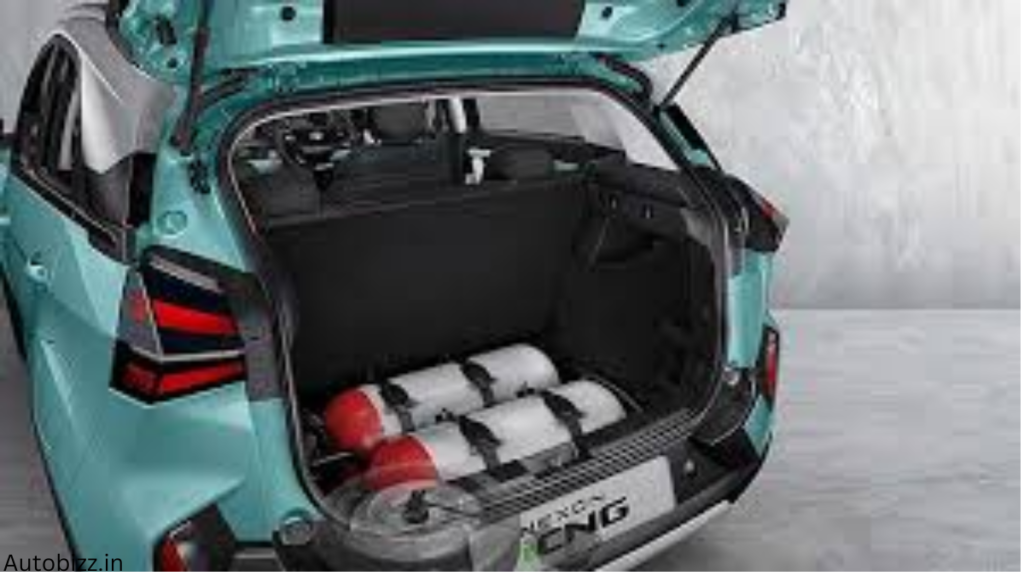
Following its debut at the Bharat Mobility Global Expo in January, Tata Motors will shortly reveal the cost of its CNG-powered small SUV, the Nexon iCNG. In addition to becoming the first factory-fit CNG model with a turbocharged engine, Nexon will also come with options for both manual and AMT automatic gearboxes. The Nexon CNG will be exactly the same as the conventional model, save from the dual-cylinder CNG kit, a few logos, and the distinctive blue color. The Nexon iCNG, like Tata’s other CNG models, will be available in a number of versions and is anticipated to cost roughly Rs 1 lakh more than the comparable petrol trim. Right now, the price range for the Nexon gasoline is Rs 8 lakh to Rs 13.35 lakh.

